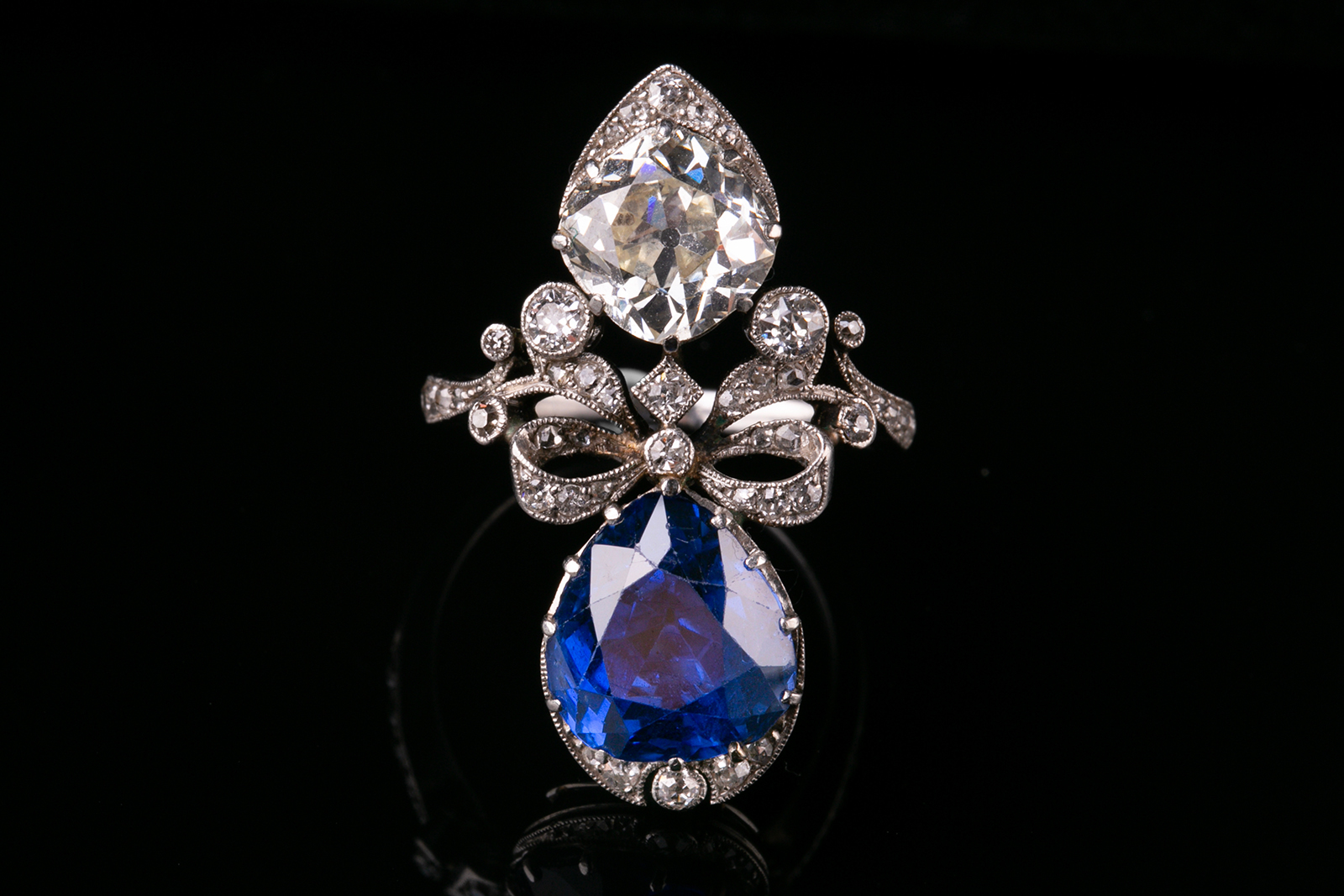
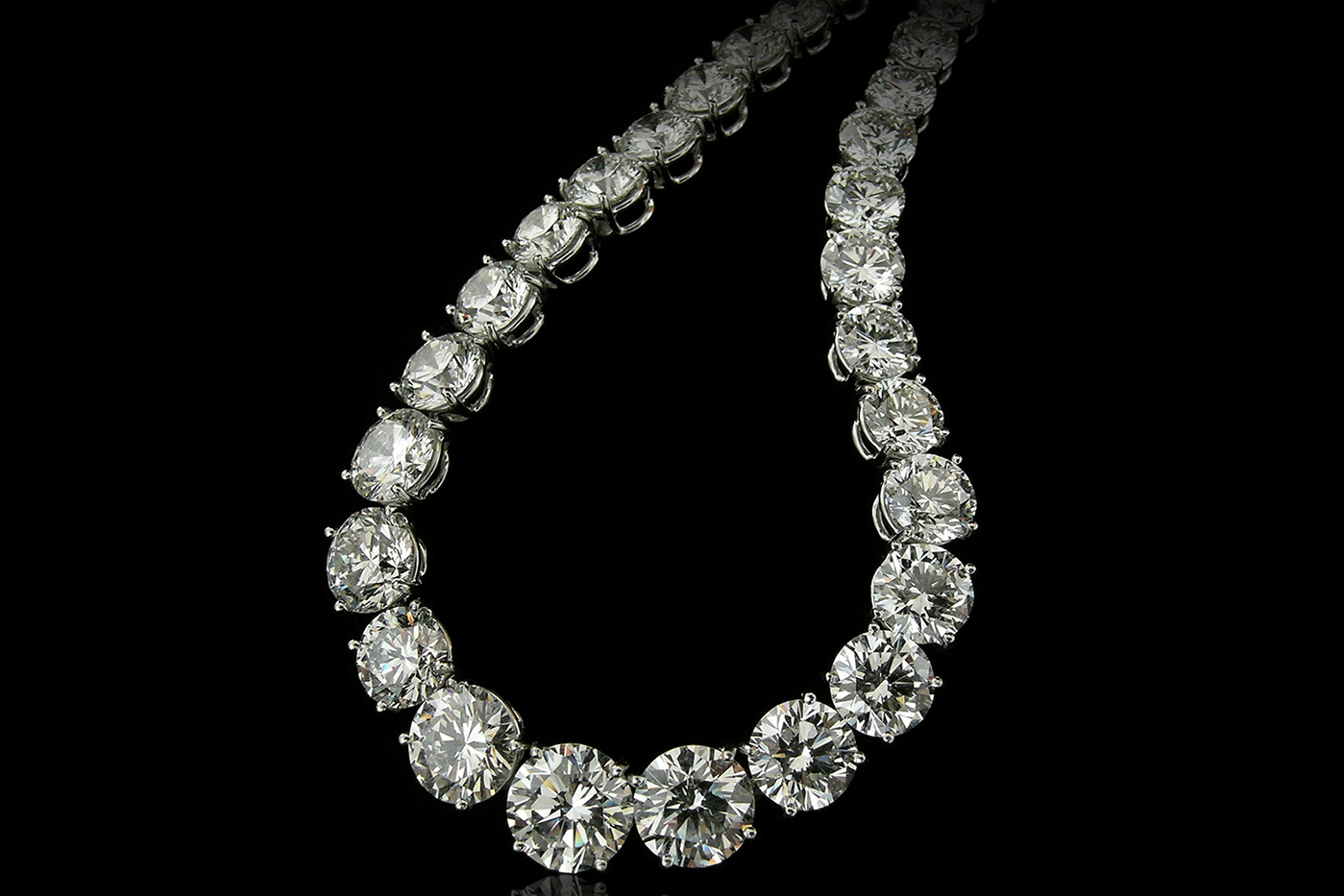
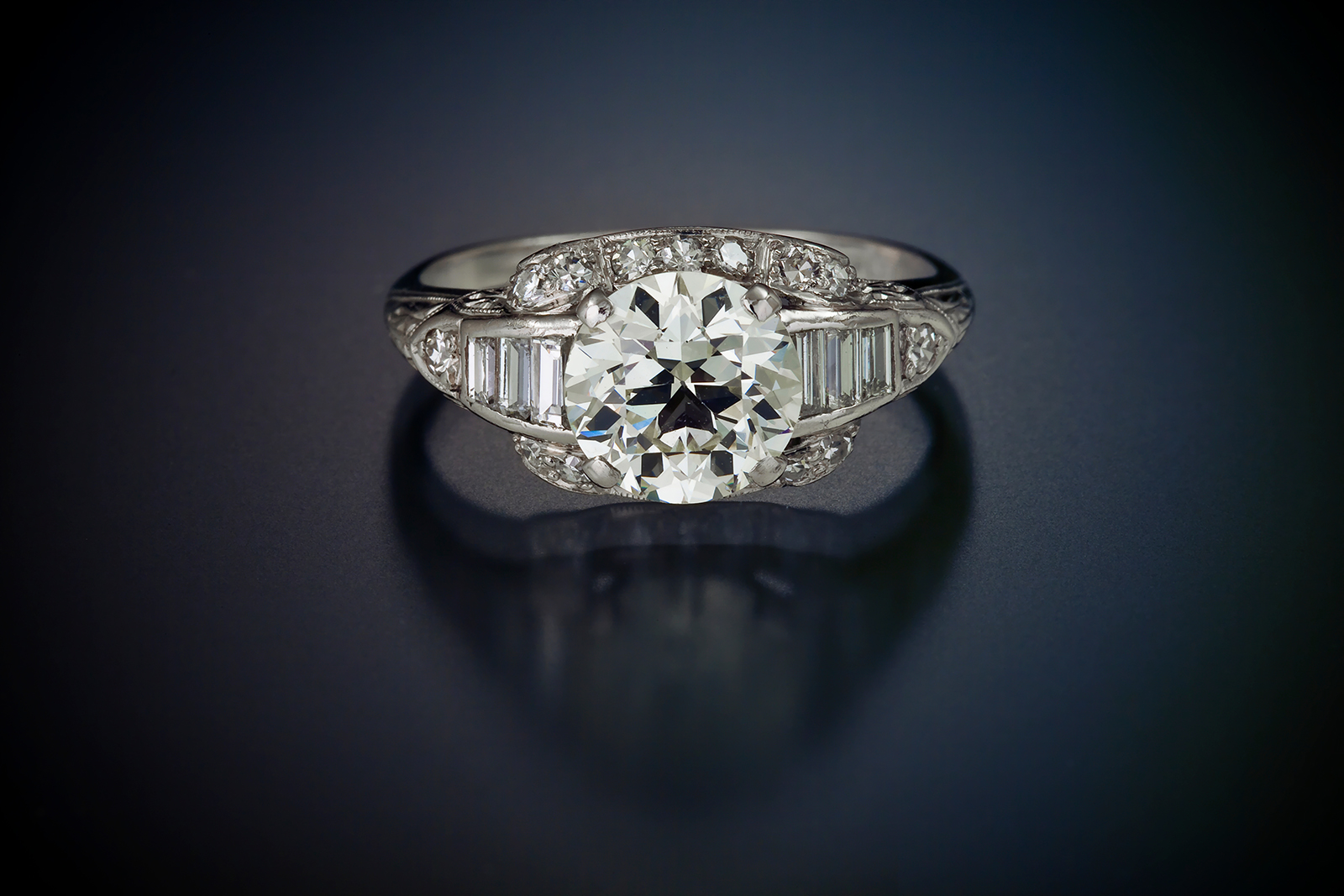
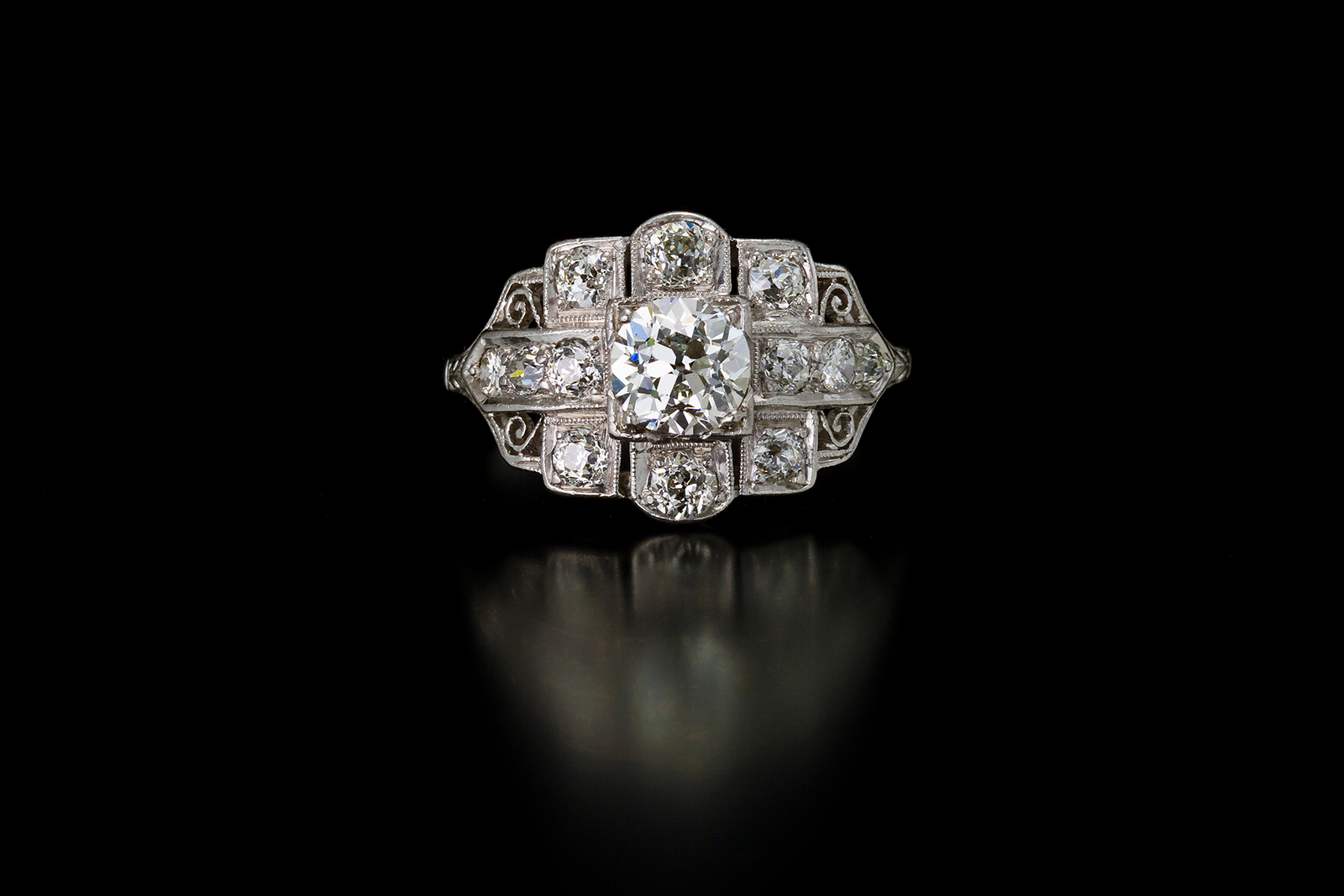




Selling Diamonds to an Antique Diamond Buyer
As a family man, as well as an NYC antique diamond and jewelry enthusiast, I empathize. So many families tell me that they feel conflicted about selling precious stones and antique jewelry. Yet, for a myriad of reasons, some people decide it might be time. If you’d like to explore the possibility of selling your diamond jewelry in particular, please read on for the important information you need in order to get a good deal from a reputable antique diamond buyer.
Do I Need an Appraisal for Jewelry and Diamonds?
Many of our customers come to our Manhattan antique store or invite us into their homes, believing they must get an appraisal for jewelry or diamonds they wish to sell. Here’s what they don’t realize: in the world of NYC antique diamonds and beyond, an appraisal is an educated guess, more or less, about the stone’s value. Although insurance companies typically require an appraisal, the process of selling a diamond is different. When you sell a diamond, the appraisal doesn’t hold much weight on its own.
If An Appraisal Won’t Sell My Diamond, What Will?
If you obtained a special document called a GIA report when you received or purchased your antique diamond, you’re in luck. This is an invaluable document to have if you want to get the highest cash value for certain diamonds, especially those that are over two carats or of exceptional color or clarity. If you don’t have this report, or if you aren’t familiar with the dimensions or identifying characteristics of your diamond, we can still help. Whether you come to us or we come to you, on Long Island or in NYC, we bring the expertise and tools to estimate a diamond’s valuable properties. These tools include a special scale, diamond gauge, and ultraviolet lights.

VVDiamonds, CC BY-SA 4.0, via Wikimedia Commons
How Does a GIA Report Sell a Diamond?
GIA stands for Gemological Institute of America. Founded in 1931, GIA is the trusted authority on diamonds, colored stones, and pearls. Interestingly, many people are surprised to learn that GIA is actually a nonprofit that sets global quality standards, educating buyers of diamonds, antiques, and jewelry in NYC and worldwide.
Unlike an appraisal, the GIA report provides all sorts of info that will help a Long Island or NYC diamond buyer quickly and easily determine the value of your diamond. For instance, the report objectively tells us whether the diamond is natural or created in a laboratory. Was the stone treated in any way? GIA tests diamonds for irradiation, glass filling, laser drilling, surface coating, and High Pressure/High Temperature (HPHT) processing. To give you the most objective review possible, multiple trained graders anonymously examine each diamond submitted to them, rigorously studying the 4Cs of Diamond Quality and following the International Diamond Grading System™.
The 4Cs of Diamond Quality
If you’re concerned with diamond quality, you need to understand the 4Cs, since these standards unite buyers and sellers. These 4Cs are color, carat, cut, and clarity.
Color
A pure, flawless diamond is colorless and exceedingly rare. Such a diamond would get the lowest letter grade in GIA’s D-to-Z diamond color-grading system, whereas a light yellow or brown diamond would get a higher letter grade. The exception is a so-called fancy-color diamond, which is a naturally colored diamond outside this standard color range.
Carat
A carat is a unit of weight. A GIA report will show a diamond’s weight after it has been measured to a thousandth of a carat (0.001 ct) and then generally rounded down to the nearest hundredth (0.01). If the thousandth digit is a nine, GIA rounds up instead. In the jewelry world outside of the GIA report, please note that the smallest diamonds may also be sized in points, rather than carats.
One last note on weight. Please be aware that one large stone is almost always worth more than the combined value of many smaller stones. For instance, a 2-carat, single-stone engagement ring sells for much more than a diamond ring with 10 small 0.2-carat stones.
Cut
While it’s easy to think of a stone’s cut as its shape, in the world of diamond buying and selling, the cut refers to so much more. To evaluate the cut, diamond graders observe how well it interacts with light. Graders look for visual effects like brightness, scintillation or patterns of light and dark, and a sort of rainbow fire pattern. A diamond’s cut is its most complex property.
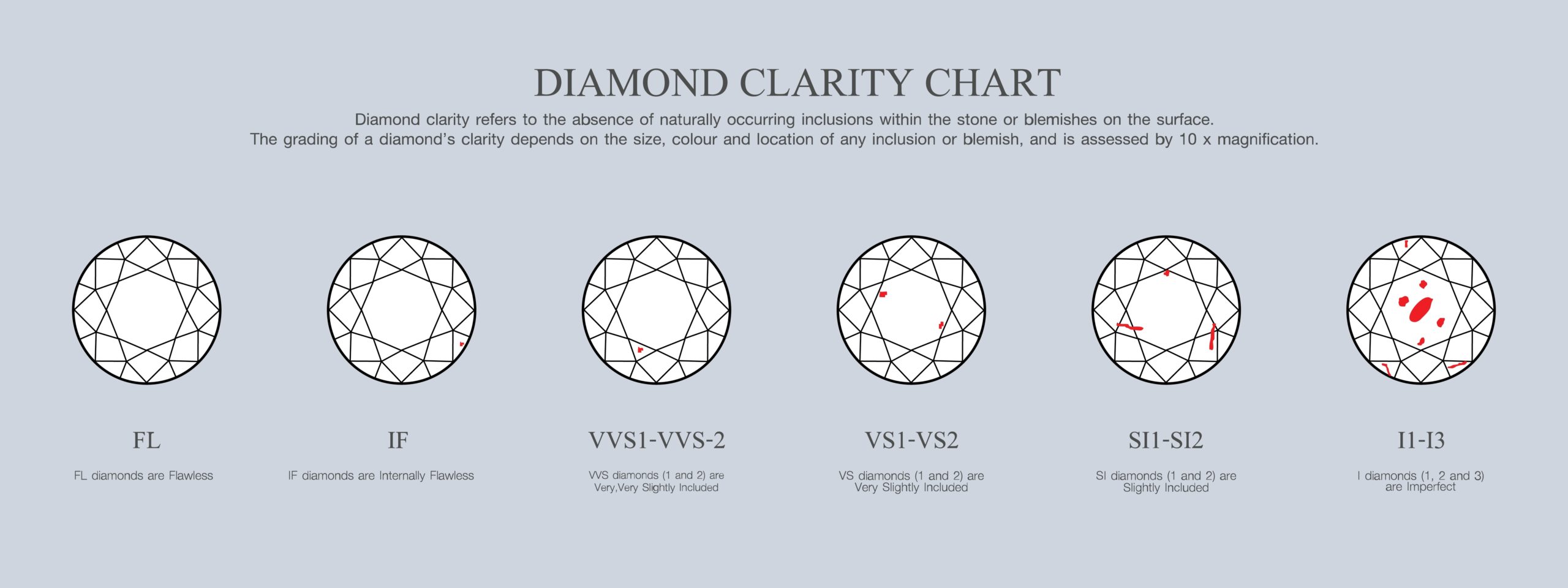
Clarity
Paramount to the value and charm of natural diamonds is their rarity. Each is a one-of-a-kind treasure that formed deep underground, with all the heat and pressure that implies. Under 10× modification, an extremely rare few natural diamonds appear to be free of both external blemishes and internal imperfections called inclusions. These few are referred to as flawless diamonds.
The GIA International Diamond Grading System™ grades a diamond’s clarity on a scale ranging from flawless (FL) to obvious inclusions (I3). Notably, most diamonds receive a grade of VS, which means “very slightly included,” or SI, which means “slightly included.”
Antiques and Diamond Buyer Long Island and NYC House Calls
If you think it might be time to sell a diamond or other piece of antique jewelry on Long Island or in NYC, call us to schedule your no-obligation, no-pressure consultation session, which includes a free appraisal. You never know what might happen! For instance, I once had a client that found a loose stone in the pocket of their grandmother’s fur coat. This unexpected find turned out to be a pear-shaped 3.5-carat diamond that ultimately sold for about $12,000.
At Syl-Lee Antiques, we love NYC-area house calls! As a family-owned business, we enjoy getting to know both you and your antique diamonds and jewelry in the NYC area. What better place to do that than in your own home, at your convenience? Call us today. We serve Manhattan, Queens, Long Island (both Nassau and Suffolk counties), Brooklyn and Westchester.
